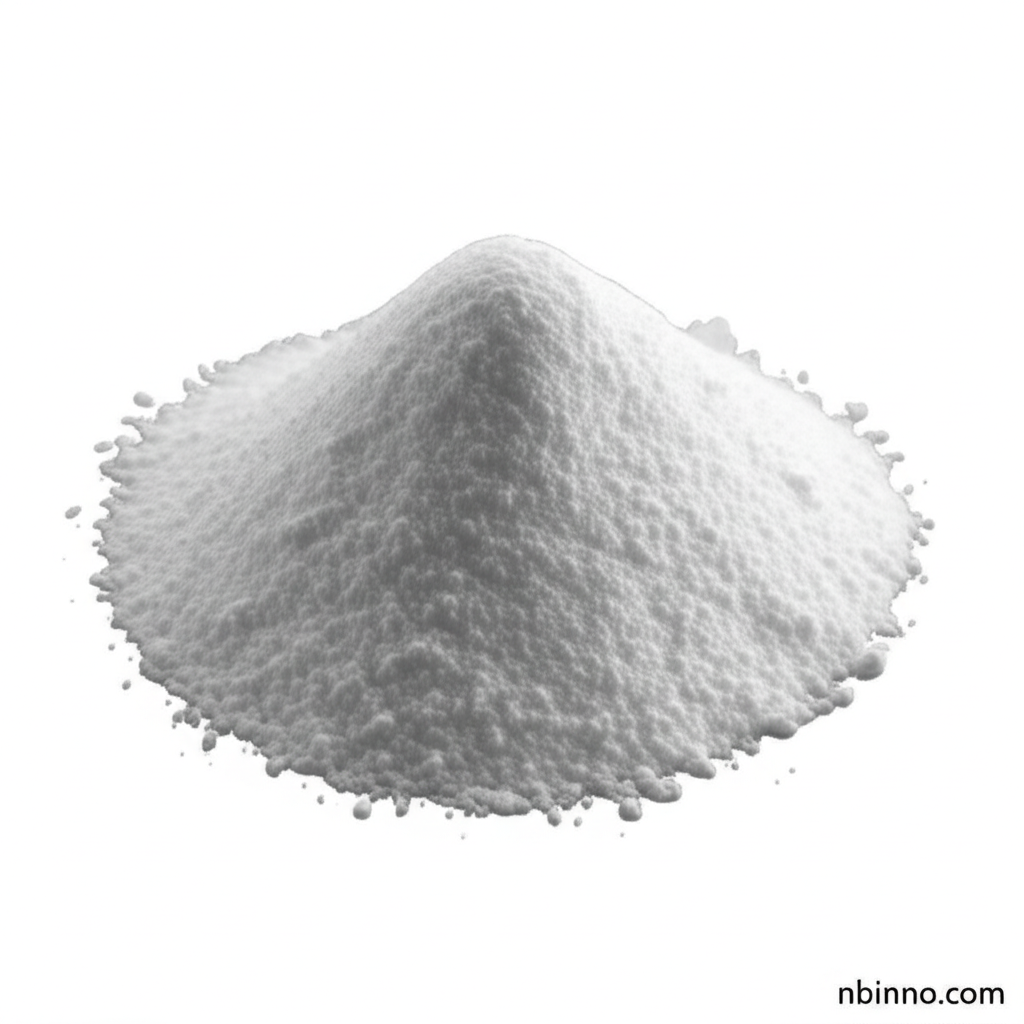9,10-Diaminophenanthrene CAS 53348-04-2: A Key Organic Synthesis Intermediate
Explore the properties and diverse applications of 9,10-Diaminophenanthrene, a critical intermediate in organic synthesis, valuable for electrochemical and photoredox catalysis.
Get a Quote & SampleProduct Core Value

9,10-Diaminophenanthrene
As a leading supplier in China, we provide high-purity 9,10-Diaminophenanthrene (CAS 53348-04-2), a fundamental building block for advanced organic synthesis. Its unique phenanthrene structure with two amino groups makes it instrumental in creating complex molecules and advanced materials.
- Facilitating Organic Synthesis: This compound is a versatile organic synthesis intermediate, crucial for building complex molecular structures.
- Electrochemical Applications: As an electrode modifier, it shows promise in biosensors and supercapacitors due to its conductivity and electrochemical properties.
- Photoredox Catalysis: Its capability to act as a visible-light photoredox catalyst contributes to developing greener and more energy-efficient synthetic methodologies.
- Material Science Potential: Research indicates its utility in the development of organic semiconductors and other advanced materials.
Key Advantages
High Purity and Quality
Ensures reliable and reproducible results in complex organic synthesis processes, making it a preferred choice for demanding applications.
Versatile Reactivity
The presence of amino groups on the phenanthrene backbone allows for a wide range of chemical transformations, enabling the synthesis of diverse organic compounds.
Research & Development Focus
Its role in photoredox catalysis and material science highlights its importance for cutting-edge chemical research and innovation.
Key Applications
Organic Synthesis
Utilized as a crucial building block in the synthesis of complex organic molecules, contributing to advancements in medicinal chemistry and material science.
Electrochemistry
Acts as an electrode modifier, enhancing performance in biosensors and supercapacitors through its unique conductive properties.
Photoredox Catalysis
Functions as a visible-light photoredox catalyst, promoting greener synthetic routes and energy-efficient chemical reactions.
Material Development
Key in the development of organic semiconductors and other advanced materials, driving innovation in the field of materials science.
